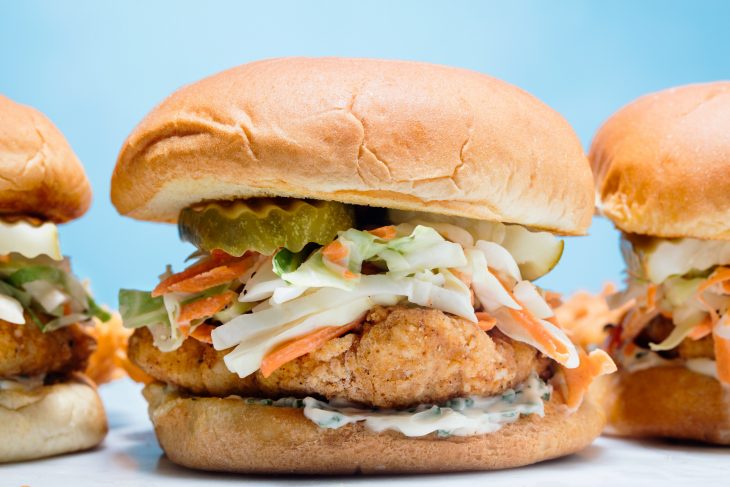Fear sells. In an age when media outlets’ existence depends on clicks, page views and time-on-site, the more outrageous the headline, and the more alarming the news, the more likely people will check it out.
“By publishing anything claiming to have a whiff of scientific basis, assigning it a nefarious headline and relinquishing responsibility to verify its legitimacy, media counter their own noble pursuit by contributing to consumer confusion instead of being a beacon of clear, reliable information,” wrote Charlie Arnot, CEO of the Center for Food Integrity, in a Huffington Post commentary.
If you happened to read Huffington Post during the last presidential election, you know it was one of the worst offenders in terms of biased, sensationalistic news. It’s ironic – yet comforting – to know Arnot provides the site with a reasonable, thoughtful view of how consumers should evaluate news.
He points to headlines like “Carcinogenic pesticide found in Ben & Jerry’s ice cream” and “Chemical in mac and cheese tied to birth defects” as some of the latest alarming headlines.
“Often, media outlets hungry for content and short on staff simply post news releases verbatim – no scrutiny applied – from an author, company, advocacy group or public relations firm,” Arnot writes. “One recent example is “These 7 foods are scientifically proven to put you in a bad mood” article, which was picked up by many media outlets including AOL, MSN and Glamour.
“With a simple 10-minute search for the science behind each claim (if scientific studies were even provided), I discovered the article didn’t “prove” much of anything,” he continues. “As is the case here, so often science ‘suggests’ a link or claims consuming a certain ingredient (in unrealistic, outrageous amounts in many cases) ‘may’ cause various health conditions.”
He points to the recent study that found “high levels’ of phthalates in the cheese powder used in some macaroni and cheese products. Arnot says one of the companies whose products were tested found the amounts of phthalates reported in the study were “more than 1,000 times lower than levels that scientific authorities have identified as acceptable.”
It’s one thing to talk about the dangers of not wearing a seatbelt, or texting and driving. It’s quite another thing to think the food we eat – and that we prepare for our kids – could be potentially dangerous. That’s why media outlets should be more objective and discerning when reporting on new studies that impact what consumers buy, or choose to pass up, as a result of a news story. Just ask ABC News, whose parent company Disney just paid a hefty sum to Beef Products, Inc., for its negligent reporting of finely-textured lean beef.
According to research from The Center for Food Integrity (CFI), “the public wants full transparency – the good, the bad and the ugly – so they can make JoAnn Alumbaugh, Editor, Farm Journal’s Pork
Until that happens, Arnot offers two suggestions to help you outsmart the marketers and cut through the confusion:
- Read beyond the headline. Many times, reporters start a story with the most shocking nuggets to draw you in, but end with statements from experts like, “the study raises important questions but doesn’t prove causation,” or “it’s probably not cause for concern.” In a time of increasingly shrinking attention spans, I’d venture to guess a good number of readers don’t get to that last paragraph. Try starting there!
- Don’t accept an “eat this and die” story as gospel without viewing at least two other sources. Before you believe a claim, do a quick online search of the topic. The search results alone may paint a more balanced picture, but select at least two other credible sources and see what they say.
And here’s a third suggestion: If you hear someone quoting an article you know to be biased or untrue, ask them questions, and help guide them to a more objective viewpoint, especially if it’s someone you know, without becoming adversarial.
As Arnot says, “The pseudoscience food stories aren’t likely to go away.” It’s up to us to search for the truth so we, and others, can continue to make healthy food choices.
Source: JoAnn Alumbaugh, Editor, Farm Journal’s Pork



